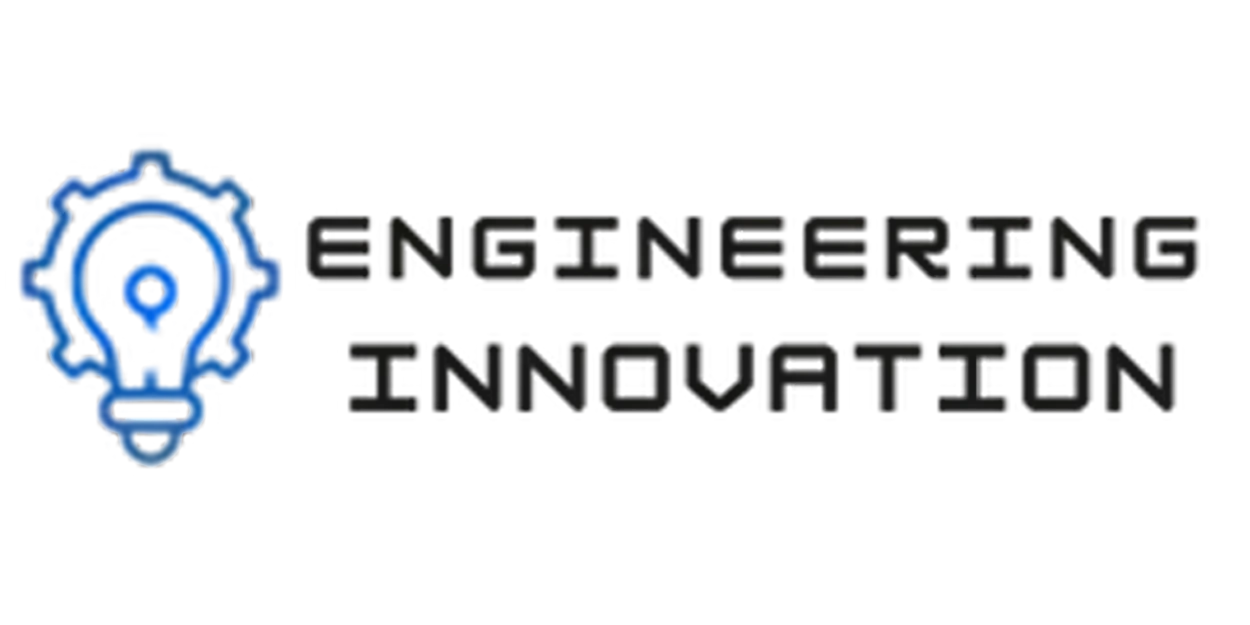Complete Injection Molding Guide
Master the art and science of plastic injection molding. From design fundamentals to advanced production techniques, our comprehensive guide covers everything you need to know about creating high-quality plastic parts efficiently and cost-effectively.

Related Manufacturing Services
Injection Molding Basics
Injection molding is a manufacturing process for producing parts by injecting molten material into a mold. This process is ideal for mass-producing complex plastic parts with high precision and repeatability. The basic process involves melting plastic pellets, injecting the molten plastic into a mold cavity under high pressure, cooling the plastic until it solidifies, then ejecting the finished part.
The injection molding cycle consists of several key phases: clamping, injection, cooling, and ejection. During the clamping phase, the mold is closed and held together by sufficient force to resist the injection pressure. The injection phase involves forcing molten plastic into the mold cavity through a nozzle and runner system. The cooling phase allows the plastic to solidify and take the shape of the mold cavity. Finally, the ejection phase removes the finished part from the mold using ejector pins.
Modern injection molding machines are highly sophisticated, featuring precise temperature control, pressure monitoring, and automated systems that ensure consistent part quality. The process can produce parts ranging from tiny medical components to large automotive panels, with cycle times varying from seconds for small parts to several minutes for complex, thick-walled components.
Design for Manufacturability
Key Design Principles
- Uniform Wall Thickness: Maintain consistent wall thickness to prevent warping and sink marks
- Draft Angles: Include 1-2 degrees of draft for easy part ejection
- Radii: Use generous radii to reduce stress concentrations
- Rib Design: Keep rib height below 3x wall thickness
- Gate Placement: Optimize gate location for fill pattern and cosmetic requirements
Common Design Mistakes
- Sudden Thickness Changes: Causes flow lines and warping
- Zero Draft Angles: Leads to part damage during ejection
- Sharp Corners: Creates stress concentrations and flow issues
- Insufficient Ribs: Results in weak, flexible parts
- Poor Gate Location: Causes cosmetic defects and weak spots
Material Selection
Commodity Plastics
Impact resistant, easy to machine. Used for automotive interiors, consumer products.
Chemical resistant, lightweight. Ideal for containers, medical devices.
Rigid, inexpensive. Used for disposable products, packaging.
Engineering Plastics
High impact strength, transparent. Used for safety glasses, electronic components.
Excellent wear resistance, strong. Ideal for gears, bearings, industrial parts.
Low friction, dimensionally stable. Used for precision parts, automotive components.
High-Performance Plastics
Exceptional temperature resistance, strong. Medical implants, aerospace components.
High strength, flame resistant. Aerospace, electrical insulators.
Low friction, chemical resistant. Seals, gaskets, non-stick applications.
Tooling Options
Tool selection is critical for injection molding success. Aluminum molds offer faster turnaround and lower costs for prototyping and low-volume production. Pre-hardened steel molds provide a balance between cost and durability for bridge tooling. Fully hardened steel molds are essential for high-volume production runs, offering superior wear resistance and dimensional stability.
Multi-cavity molds significantly increase production efficiency and reduce per-part costs for high-volume applications. Our tooling capabilities include complex hot runner systems, unscrewing mechanisms for threaded parts, and advanced cooling channel designs that optimize cycle times and part quality.
Production Capabilities
Machine Specifications
- • Clamp Force: 50 - 3,000 tons
- • Shot Size: 0.5 - 200 oz
- • Platen Size: Up to 60" x 60"
- • Maximum Part Weight: 50 lbs
- • Cycle Time: 5 - 120 seconds
Advanced Technologies
- • Gas Assist Injection Molding
- • Insert Molding
- • Overmolding
- • Two-Shot Molding
- • In-Mold Decoration (IMD)
Quality Control
- • CMM Inspection
- • Vision Systems
- • Material Testing
- • Process Monitoring
- • Statistical Process Control
Secondary Operations
- • Assembly
- • Ultrasonic Welding
- • Pad Printing
- • Laser Etching
- • Custom Packaging
Cost Reduction Strategies
Optimizing injection molding costs requires a holistic approach considering design, material selection, tooling, and production volume. Key strategies include designing for manufacturability to reduce cycle times, selecting appropriate materials based on performance requirements rather than over-specifying, and choosing the right tooling approach for your production volume.
Family molds can produce multiple parts in a single cycle, reducing setup time and per-part costs. Hot runner systems eliminate runner waste and improve cycle times. Designing parts with uniform wall thickness and optimal gate locations minimizes material usage and cycle time while maintaining part quality.
Our engineering team specializes in value engineering, analyzing your design to identify cost-saving opportunities without compromising performance. We leverage our extensive experience across industries to recommend the most cost-effective solutions for your specific application.
Ready to Optimize Your Injection Molding?
Get expert consultation and competitive pricing for your project
